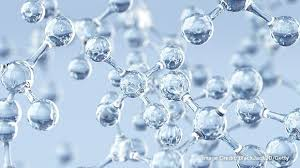Chemical engineering materials: What is the importance of these substances?
Everyone has heard the phrase "good things come in small packages," and this is just as true for chemical engineering materials. We tend to think about the importance of these substances, but what exactly are they used for? This article will provide a breakdown of the topics discussed, from the basics of what they are to the different functions the materials serve.
What is a Chemical Engineering Material?
A chemical engineering material is a substance that goes into the creation of a chemical product. These substances range from chromium to copper and make up the materials used in different industries. What makes these substances so important is that they are necessary for the production of chemicals, working as catalysts and co-catalysts, materials for reactors, and more.
The Importance of a Chemical Engineering Material
Chemicals are used in every part of our lives, from the food we eat to the clothes we wear. Chemicals are also important as they have a huge impact on our health and well-being. Chemicals play a crucial role in keeping the world running smoothly; without them, people would be unable to breathe, drink water, or eat food! There are many different types of chemical engineering materials that help in different industries.
Equipment Used to Extract Chemical Engineering Materials
The extraction of chemical engineering materials is important to keep the manufacturing process running smoothly, and there are many different pieces of equipment that can be used. One piece of equipment, a centrifuge, separates liquids from solids by spinning them at high speeds. Another piece of equipment, an evaporator reconditions the liquid into a vapor. Different types of chemical engineers decide which machines will be used for the extraction process based on their needs.




Comments
Post a Comment